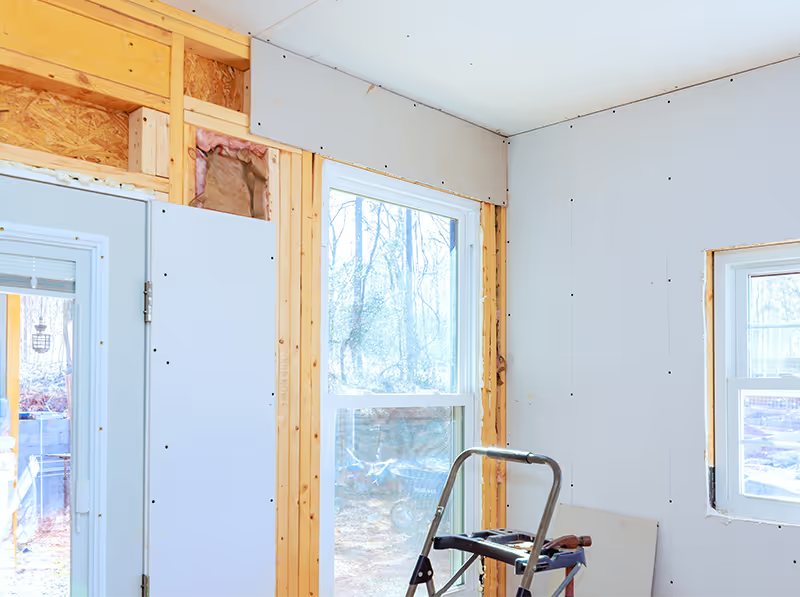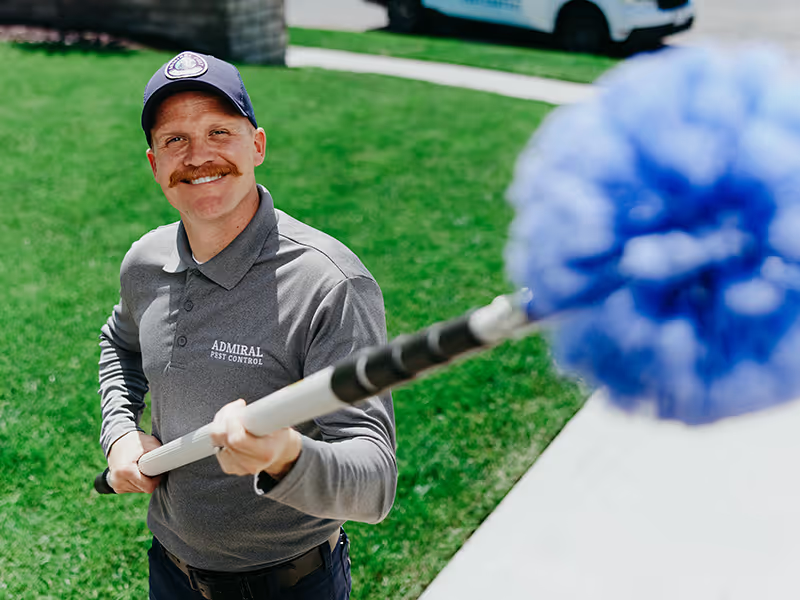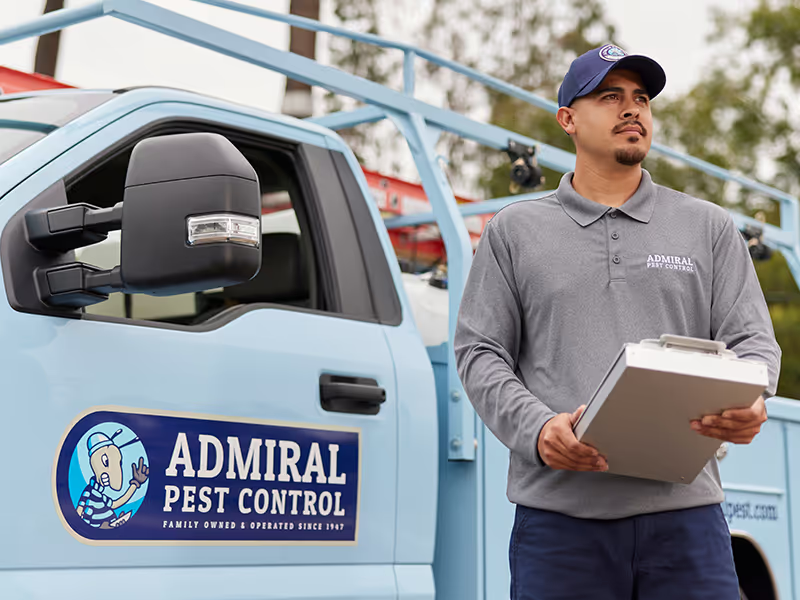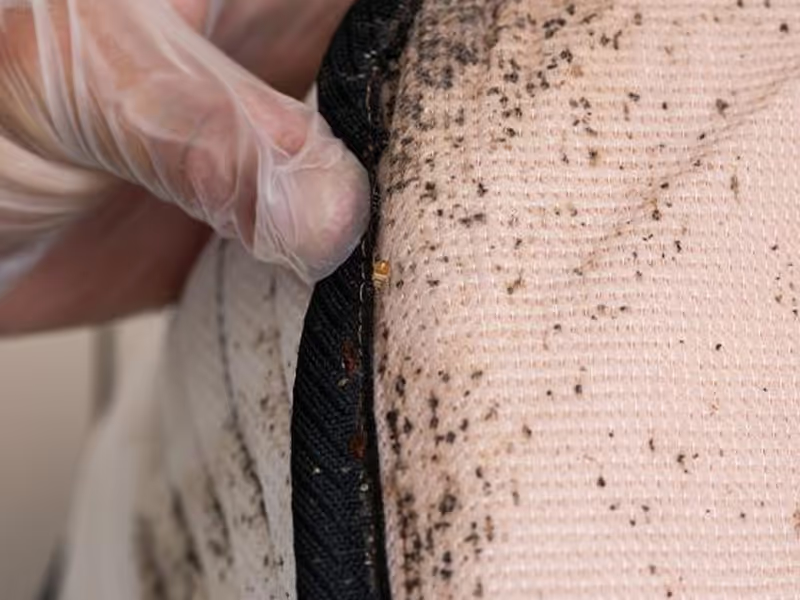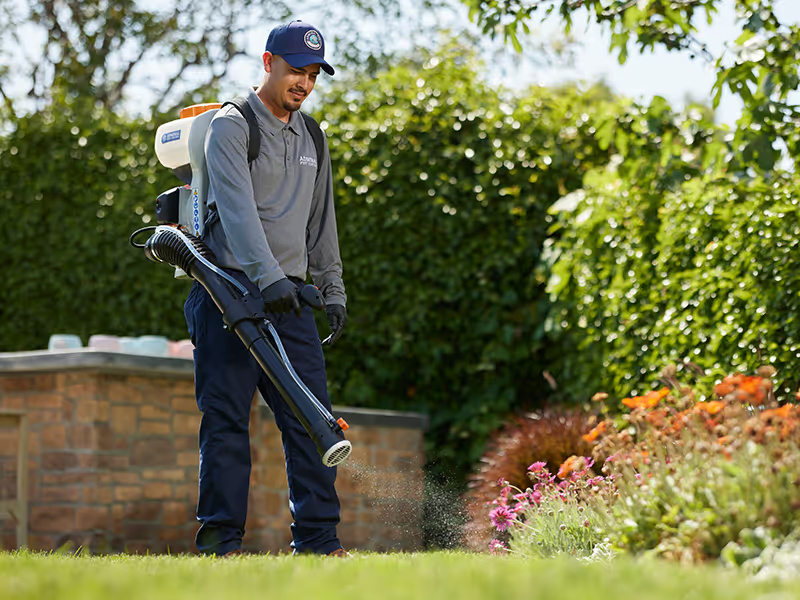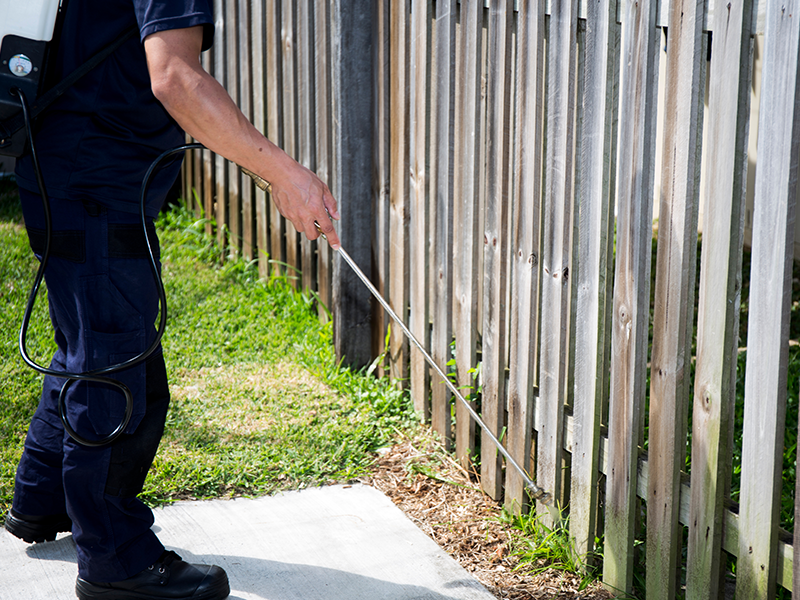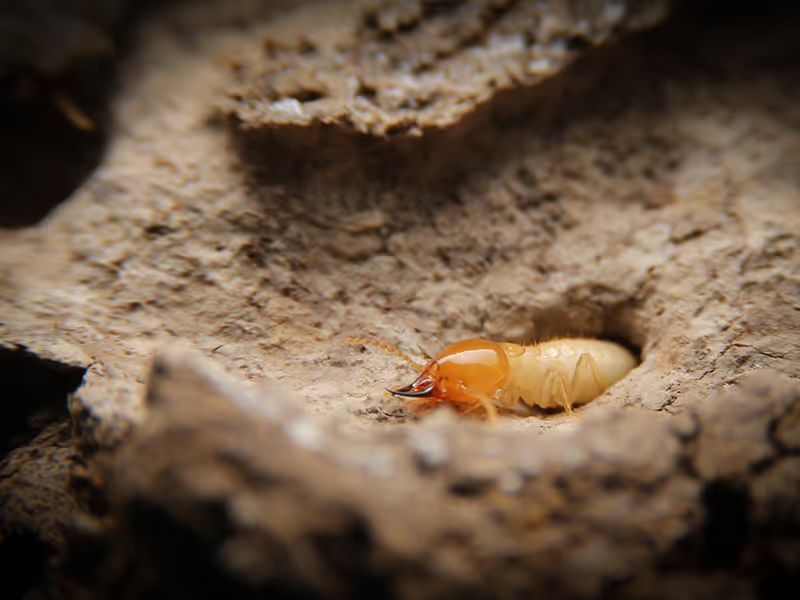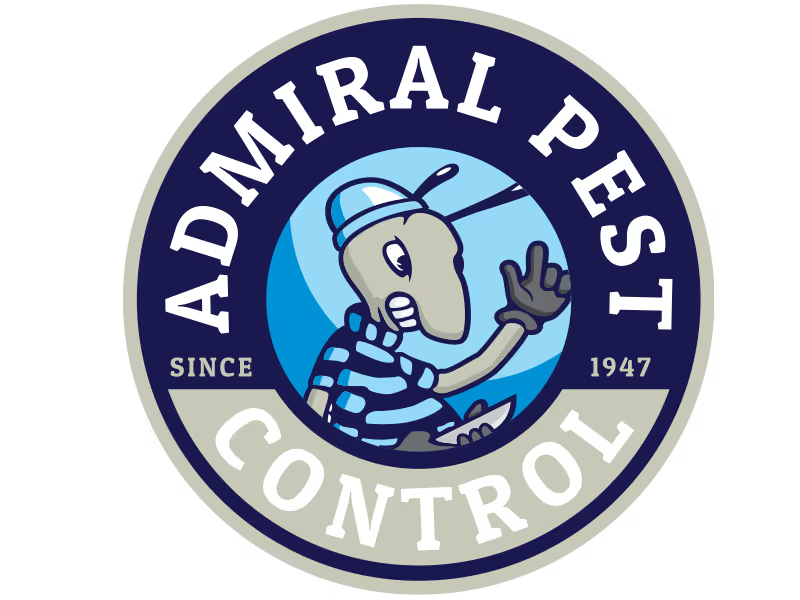How Do You Know If Termites Are in Drywall?
Termites are sneaky pests. They can invade your home and cause damage before you even realize they’re there. Knowing the signs of termites in drywall can help you catch an infestation early.
- Tiny Holes and Cracks: Termites can create small holes and cracks in the drywall. These are usually very tiny, almost pin-sized, and might not be noticeable at first.
- Hollow Sound: Tap on the wall. If it sounds hollow, it could be a sign that termites have eaten away the material behind the drywall.
- Discolored or Sagging Walls: If parts of your wall look discolored or are starting to sag, this could be a sign of termites. They can cause damage that affects the structural integrity of the wall.
- Mud Tubes: Termites build mud tubes to travel between their nest and their food source. These tubes can often be found on the surface of the wall or in the corners where the wall meets the floor or ceiling.
- Frass (Termite Droppings): Drywood termites leave behind small piles of droppings called frass. These look like tiny wood-colored pellets and can often be found near the infested area.
How Do You Get Rid of Termites in Drywall?
If you suspect you have termites in your drywall, it’s important to act quickly. Here are some steps to get rid of them:
- Identify the Infested Area: Locate the specific areas where you suspect termite activity. Look for the signs mentioned above.
- Use Termite Bait Stations: Place termite bait stations around your home. These contain a poison that termites will carry back to their nest, eventually killing the entire colony.
- Apply Liquid Termiticides: Liquid termiticides can be sprayed around the foundation of your home. These chemicals create a barrier that termites cannot cross.
- Hire a Professional Exterminator: Sometimes, the infestation can be too large to handle on your own. A professional exterminator has the tools and knowledge to effectively eliminate termites from your home.
- Replace Damaged Drywall: Once the termites are gone, you’ll need to repair or replace any damaged drywall. This will help restore the appearance and structural integrity of your walls.
What Kind of Bugs Eat Drywall?
While termites are the main culprits, other bugs can also damage drywall. These include:
- Carpenter Ants: Similar to termites, carpenter ants can create tunnels and nests inside walls, causing damage.
- Powderpost Beetles: These beetles lay their eggs in wood, and when the larvae hatch, they bore through wood and drywall, leaving behind tiny holes.
- Silverfish: These insects can eat through wallpaper and the paper on drywall, though they are less likely to cause significant structural damage.
How Do You Make Walls Termite-Proof?
Preventing termites from entering your home in the first place is the best way to protect your drywall. Here are some strategies to make your walls termite-proof:
- Use Termite-Resistant Materials: When building or renovating, choose materials that are resistant to termites, such as concrete, steel, or pressure-treated wood.
- Apply Termite Barriers: Chemical barriers can be applied to the soil around your home’s foundation. These chemicals deter termites from entering the building.
- Keep Wood Away from the Foundation: Termites are attracted to wood, so it’s important to keep wooden structures, like decks or fences, away from the foundation of your home.
- Reduce Moisture: Termites thrive in moist environments. Fix any leaks and ensure proper drainage around your home to reduce moisture levels.
- Regular Inspections: Have your home inspected for termites at least once a year by a professional. Early detection can save you from extensive damage.
How to Check a Wall for Termites
Regularly checking your walls for signs of termites can help you catch an infestation early. Here’s how to do it:
- Inspect the Surface: Look for any visible signs of damage, such as holes, cracks, or mud tubes.
- Tap the Wall: Lightly tap the wall with a screwdriver or a small hammer. If it sounds hollow, it could be a sign of termite damage.
- Look for Frass: Check the base of the wall and any nearby surfaces for piles of termite droppings.
- Use a Flashlight: Shine a flashlight along the wall to see if you can spot any tiny holes or mud tubes that might be harder to see in normal lighting.
The best way to ensure you do or don’t have termites is to ask a professional. Many pest control experts, like Admiral Pest Control, offer inspections for free or at a very low cost.
Is There a Device That Can Detect Termites in Walls?
Yes, there are several devices designed to detect termites in walls:
- Moisture Meters: These devices measure the moisture levels in your walls. Since termites are attracted to moisture, high readings could indicate termite activity.
- Acoustic Emission Detectors: These devices can pick up the sounds of termites eating and moving inside the walls.
- Thermal Imaging Cameras: Termites generate heat as they move and eat. Thermal imaging cameras can detect these heat signatures, revealing the presence of termites.
- Termite Detection Dogs: Specially trained dogs can sniff out termites with remarkable accuracy. They can be brought in by professional pest control services.
Can You Hear Termites in the Wall During the Day?
Termites are generally quiet, but you might be able to hear them if you listen closely. Here’s what you might hear:
- Clicking Noises: Soldier termites bang their heads against the wood to warn the colony of danger. This can create a clicking sound.
- Rustling Sounds: The movement of worker termites as they eat through wood and drywall can create a rustling noise.
- Tapping Sounds: If you tap on the wall and listen closely, you might hear faint tapping or chewing sounds from inside the wall.
What Does Termite Damage Look Like in Walls?
Termite damage can vary, but here are some common signs:
- Bubbling Paint: If the paint on your walls starts to bubble or peel, it could be a sign that termites are damaging the material underneath.
- Hollow-Sounding Wood: When termites eat through the wood behind the drywall, it can cause the wood to sound hollow when tapped.
- Sagging Walls: Severe termite damage can cause the walls to sag or even collapse in extreme cases.
- Mud Tubes and Small Holes: Look for the mud tubes termites use to travel and the small holes they create when burrowing into the walls.
- Frass: As mentioned earlier, termite droppings, or frass, can accumulate near the site of an infestation.
Termites can be a homeowner’s worst nightmare, but by knowing the signs and taking preventative measures, you can protect your home and your walls from these destructive pests. Regular inspections, proper maintenance, and the use of termite-resistant materials can go a long way in keeping termites at bay. If you suspect an infestation, don’t hesitate to contact a professional pest control service to assess and address the problem.
Contact an Expert
If you suspect that your home might have termites but are unsure, it’s crucial to contact an expert like Admiral Pest Control. Our experienced professionals can thoroughly inspect your home, accurately identify any signs of termite activity, and provide effective treatment solutions. By relying on our expertise, you can ensure the safety and integrity of your home, preventing further damage and costly repairs.

